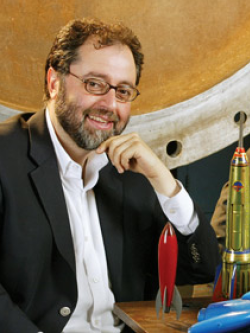Event Date/Time
Location
Room 222
Series/Event Type
Both the US and China have set ambitious goals for bringing humans back to the Moon over the next decade, and building permanent habitats there as a stepping stone to similar settlements on Mars. High specific impulse propulsion, such as nuclear thermal propulsion (NTP) or nuclear electric propulsion (NEP), is recognized as an essential and enabling element of such missions. In this talk I will focus on the most promising NEP option, called the magnetoplasmadynamic thruster (MPDT), which is a compact plasma accelerator capable of efficiently processing megawatt-level electric power into thrust, allowing such heavy-cargo missions to be accomplished with a small faction of the propellant mass that is required by chemical propulsion. The MPDT produces thrust via the interaction of high current density driven through the plasma and the self-induced magnetic field, and despite its simplicity has proven to be a rich laboratory to study various basic plasma physics and dynamics problems relevant to propulsion. More than a dozen PhD theses on MPDT physics have been generated by my research group alone over the years. I will discuss some of the central questions in MPDT research, recent findings and remaining challenges.
Speaker Bio
